Readers Write 6/21/11
Submit your article of up to 500 words in length, subject to editing for clarity and brevity (please note: I run only original articles that have not appeared on any Web site or in any publication and I can’t use anything that looks like a commercial pitch). I’ll use a phony name for you unless you tell me otherwise. Thanks for sharing!
The EMR Debate Goes On: To Implement or Not to Implement? That is the Question for Today’s Physicians
By Keith Slater
There has been a great deal of debate among physicians about the true value of electronic records. A survey conducted by MGMA earlier this year found that 78% of medical practices that are still using paper-based records thought they would face a “significant” or “very significant” loss of productivity during EHR implementation, while 56.9% said “insufficient expected return on investment" was a barrier to investing in EHR systems.
In that same survey, however, 72% of physician practices who had completed EHR implementation were “satisfied” or “very satisfied” with their systems. In addition, the survey reported that fully optimized EHR systems led to greater financial benefit.
Despite the results of the MGMA survey — as well as other surveys exploring EHR adoption — the hesitation and concern some healthcare providers still have is understandable. However, as the healthcare industry moves towards becoming fully electronic, deadlines related to new CMS Meaningful Use regulations loom. There is a great threat to further reduced payments to providers who lag behind in technology, which must be quickly realized and dealt with by all physicians.
Paper records do not, by definition, demonstrate compliance with Meaningful Use regulations. With Stage 1 deadlines on the horizon, practices will face lower payments from CMS as a penalty for staying with their legacy paper systems.
However, when you look at real-world data of the costs to create a single new patient chart, the dollar figures provide the evidence and support for EMR implementation. According to data based on a six-doctor practice, the elimination of paper charts in favor of implementing an EMR can reduce the cost of maintaining records by as much as 87% while increasing billings by more than $145,000.
The figures just don’t lie.
A clinic and surgery center that has 14 providers seeing an average of 1,800 patients and conducting 240 procedures per month averages the cost to create a new clinic patient paper chart, factoring in printing, stick-on tabs, copying, and labor, at $5.35. Seeing roughly 75 new patients each day, the organization spends a total of $104,325 annually in materials and labor. Creating a new surgery patient chart costs the organization $16,134 annually, for a grand total of $120,500 between the two.
It is also worth noting that some medium-size practices spend $200,000 per year on labor associated with managing and trafficking paper charts.
Overall, when it comes to EMR implementation, physicians must carefully and accurately weigh the long-term benefits with the short-term hassles. Yes, there is an upfront cost to EMR implementation. Yes, there may be a slow-down in productivity at the beginning while staff members are learning the new system. But if the practice takes its time in knowing what its needs are, the goals it wishes to reach and approaches EMR adoption with an open mind, the sooner it, too can start reaping the benefits.
Keith Slater is vice president and general manager at Henry Schein MicroMD of Boardman, OH.





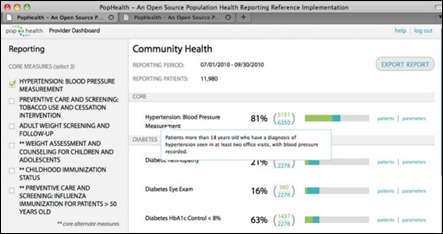
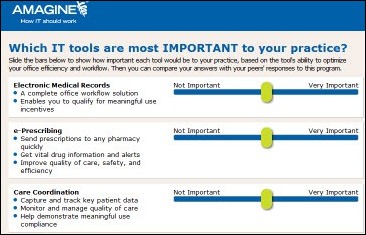



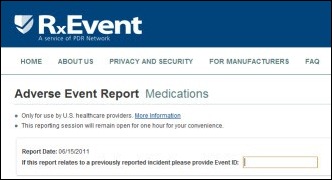



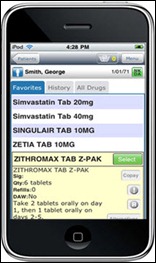
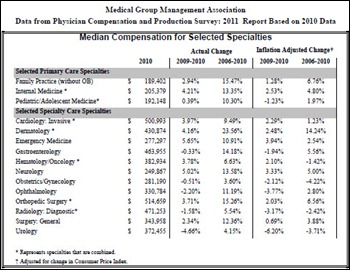
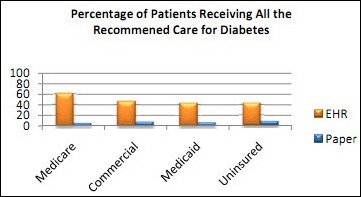


Re: Walmart Health: Just had a great dental visit this morning, which was preceded by helpful reminders from Epic, and…